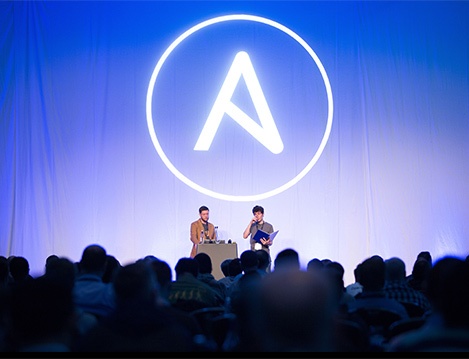Ansible Galaxy error 'Unable to compare role versions'
Ansible Galaxy was recently updated to the 'Next Generation' (Galaxy-NG) codebase.
There are some growing pains, as a lot of Galaxy NG was built up around Collections, and Ansible role support was written into the codebase over the past year or so, after it became obvious Galaxy roles would not be deprecated.
Unfortunately, one of the major issues right now—which I'm seeing pop up in many places—is an error that occurs upon installation of Galaxy roles for any playbook (e.g. when you run ansible-galaxy install to download a role), for any role that has had a new version released in the past few weeks.
You wind up with an error like:

